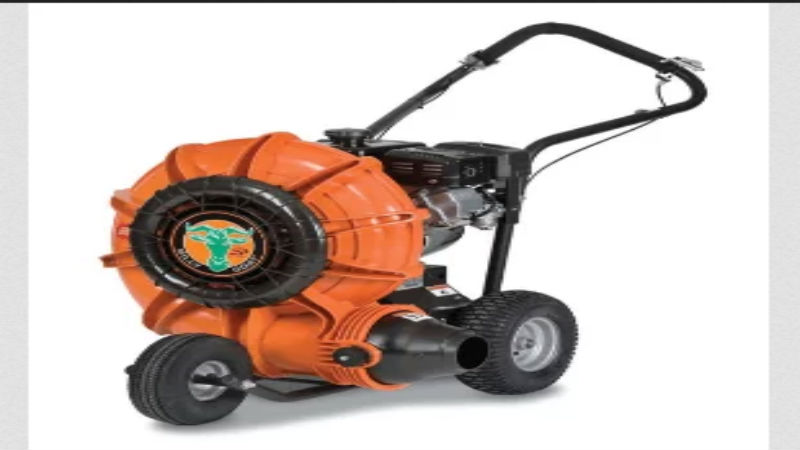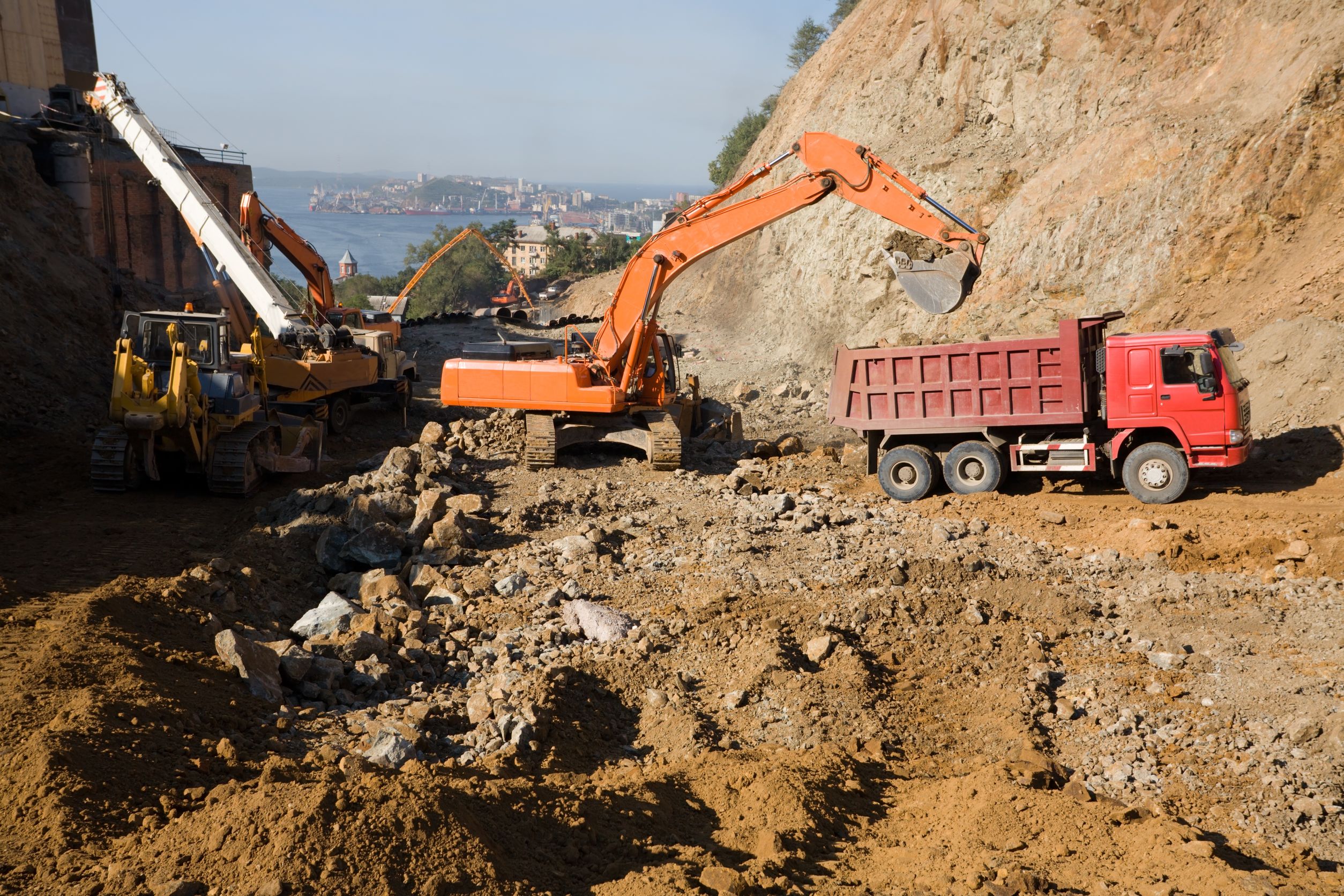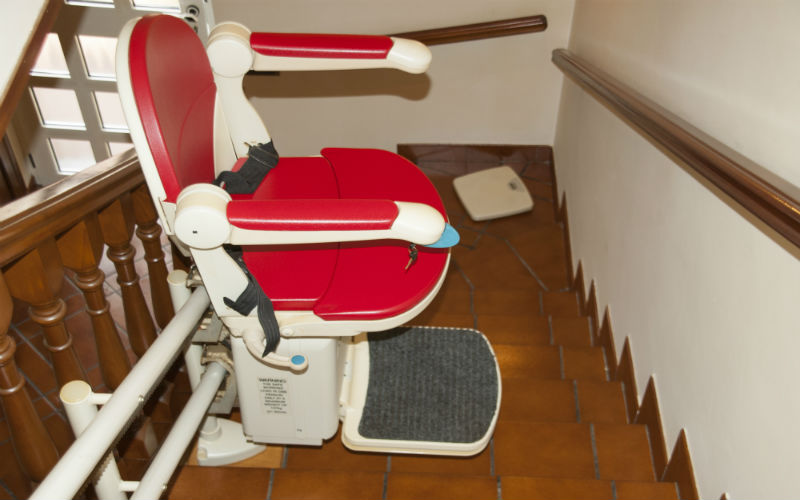High quality standards govern the operation of the oil and gas inspection industry – an industry that is committed to maintaining the efficient operation of equipment as well as safety in the workplace. Safety and adhering to the stringent standards can be challenging due to the nature of the operations involved in this industry, such as reservoir engineering, drilling offshore and on land, production, well servicing, refining, and transport of petroleum products, just to name several. Oil and gas pipeline inspection companies utilize various methods to effectively complete proper inspection protocols. These include:
Non Destructive Testing
A number of Non Destructive Testing (NDT) methods are implemented effectively within the oil and gas inspection industry. The most effective NDT methods handle issues pertaining to reliability of equipment, safety, government regulations, and environmental protection. Some of the top benefits provided by NDT services include:
* Equipment to transfer petroleum products may undergo inspection without structural adjustments (i.e. pipeline)
* Equipment is not interfered with during nondestructive testing, so no reasons to interrupt operations or shut them down exist
Some of the popular methods of NDT that may be used by oil and gas pipeline inspection companies include visual, ultrasonic, radiography, thermography radiography, acoustics, eddy current testing, microwaves, and laser shearography.
Visual Inspection
This type of inspection can be conducted by a trained technician to find defects in structural installations, welding flaws, impending structural failure, cracks, and the development of corrosion.
Ultrasonic Inspection
This form of testing that may be conducted by oil and gas pipeline inspection companies using sound waves at a range higher than is accessible by human ear (50 kHz to 50 MHz}. An ultrasonic transducer is utilized to detect cracks, welds, thickness changes, delamination, and other structural material defects within the internal structure of equipment.
Radiography Inspection
This type of inspection method uses gamma or x-rays to inspect the internal structure of equipment and determine its integrity. For instance, welds on pressure vessels in pipelines and nonmetallic materials may be expected through this method.
Thermography Inspection
Through thermographic inspection, temperature differences between a pipeline and equipment surrounding the pipeline may be measured. This type of inspection can help detect leakage of oil and gas and pipeline insulation defects. The use of drone services and this technique can enhance the efficiency and cost-effectiveness of this method.
Acoustic Emissions Inspection
Oil and gas pipeline inspection companies may also utilize the method of acoustic emissions to detect leaks in pipelines. When there is a pipeline leak, negative pressure waves travel in both directions in the pipeline which may be detected.
If you require inspection services for your oil and gas pipeline project, consider the above-mentioned and other possible methods to achieve the type of inspection you need.



